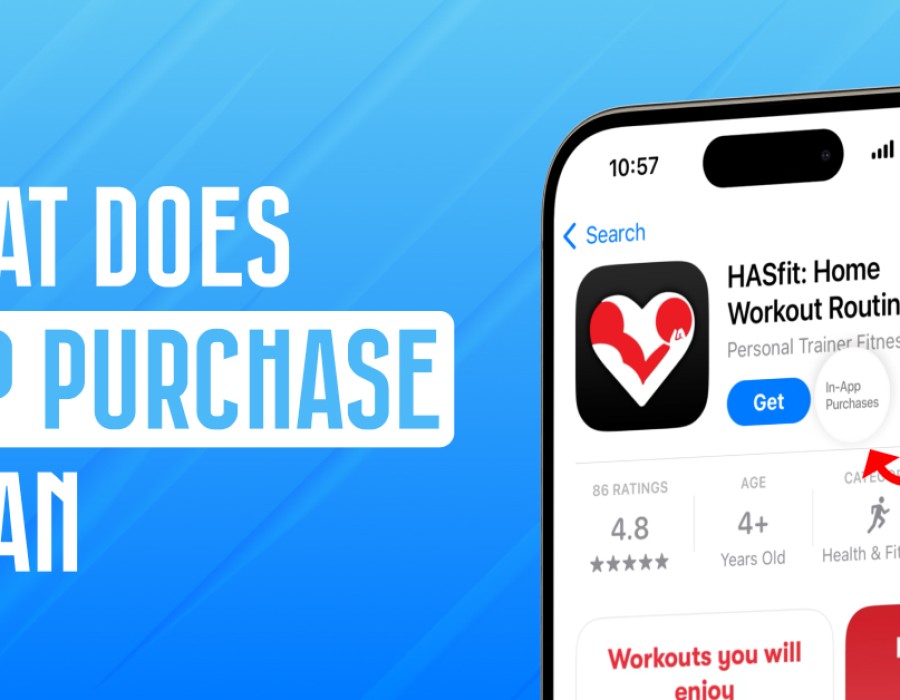Regarding the app payment, the decision-making process involves paying for a mobile application with other commodities such as digital products, services, or information. This is different from simply obtaining the application from the app store since you pay for credits to obtain the application. IAPs allow consumers to download additional features to the digital goods or pay for subscriptions to the paid application without shifting to the application store.
Therefore, the question of what an app does purchase mean to the users and the developers warrants a proper understanding. From the user perspective, it’s a model to enhance the interaction with applications – as a rule, the basic application is free, and the additions cost money. From the developers’ point of view, IAPs are one of the major types of revenues for the application, and they can be published for free with further monetization of additional content.
How to Spot an App Purchases
To let the users properly manage the amounts of money, they spend on different applications and the potential risks of spending more due to in-app purchases, it is necessary to find out which applications contain such purchases and how they can be distinguished. Here’s what to look for:
App Store labeling: The Apple App Store and Google Play Store both have conventions for identifying apps that contain in-app purchases. The notification “Offers In-App Purchases” should be written close to the download button.
Price ranges: Some app stores offer users approximate prices for in-app purchases, which can help them estimate possible expenses.
App descriptions: Some developers describe their in-app purchases in the description section. This can also include information concerning subscription plans or available virtual commodities.
In-app indicators: After installing an application, it is possible to find “Store” or “Shop” options inside the application. These frequently result in options for in-app purchases.
How Do You Increase App Purchases?
Here is how you can increase your app purchase after knowing what an app purchase means:
Leverage User Data
Create and employ metrics that will provide information about users’ behavior and choices. Get prospects and then split them into segments so that the user journey can be further refined for targeting.
Personalization
Personalize the app using the data collected from the users. Push notifications and in-app messages must be sent to inform users about the particular offer.
Focus on Initial Conversions
Promote frequent visitors who have not bought anything from the site. Thus, it is possible to use timely promotions to help them make their first in-app purchase.
Conclusion
Awareness of what an app purchase means is vital in a society dominated by mobile devices. They have changed the app economy radically, giving developers a rather free way of monetizing their apps and users a means to personalize the apps they use. Ranging from consumable in-game items to premium features in productivity apps, IAPs are of various types and thus useful in various ways.
Although in-app purchases provide many benefits, such as steady revenue sources and improved usability for users, they also have problems. Developers continue to face challenges regarding app monetization, user satisfaction, security, and the restrictions associated with the platform. From the user’s perspective, it is essential to be informed on how to identify and prevent the formation of in-app purchases in order to regulate the expenses related to the applications.
Source: https://www.agicent.com/blog/what-does-an-app-purchase-mean/





Comments